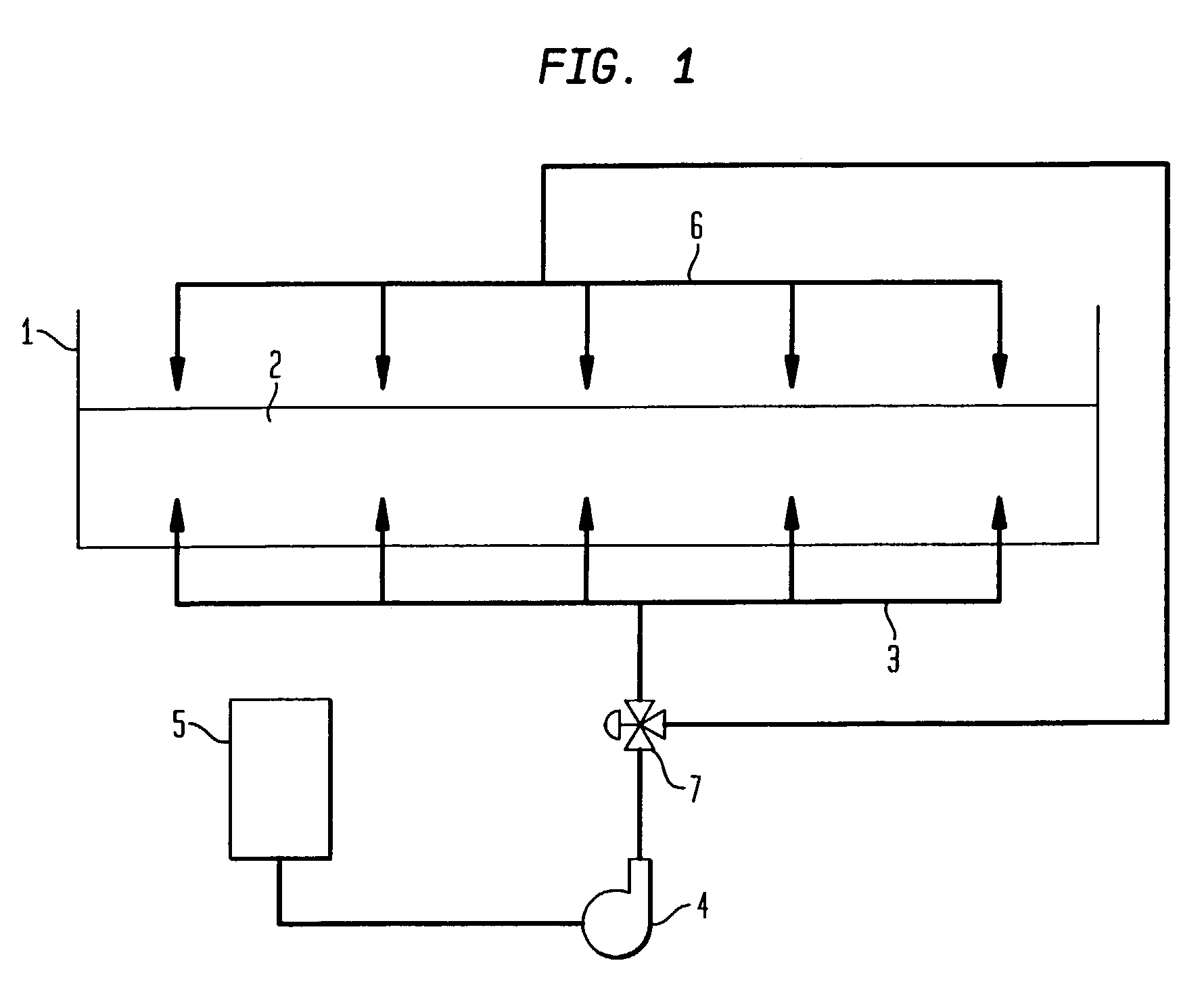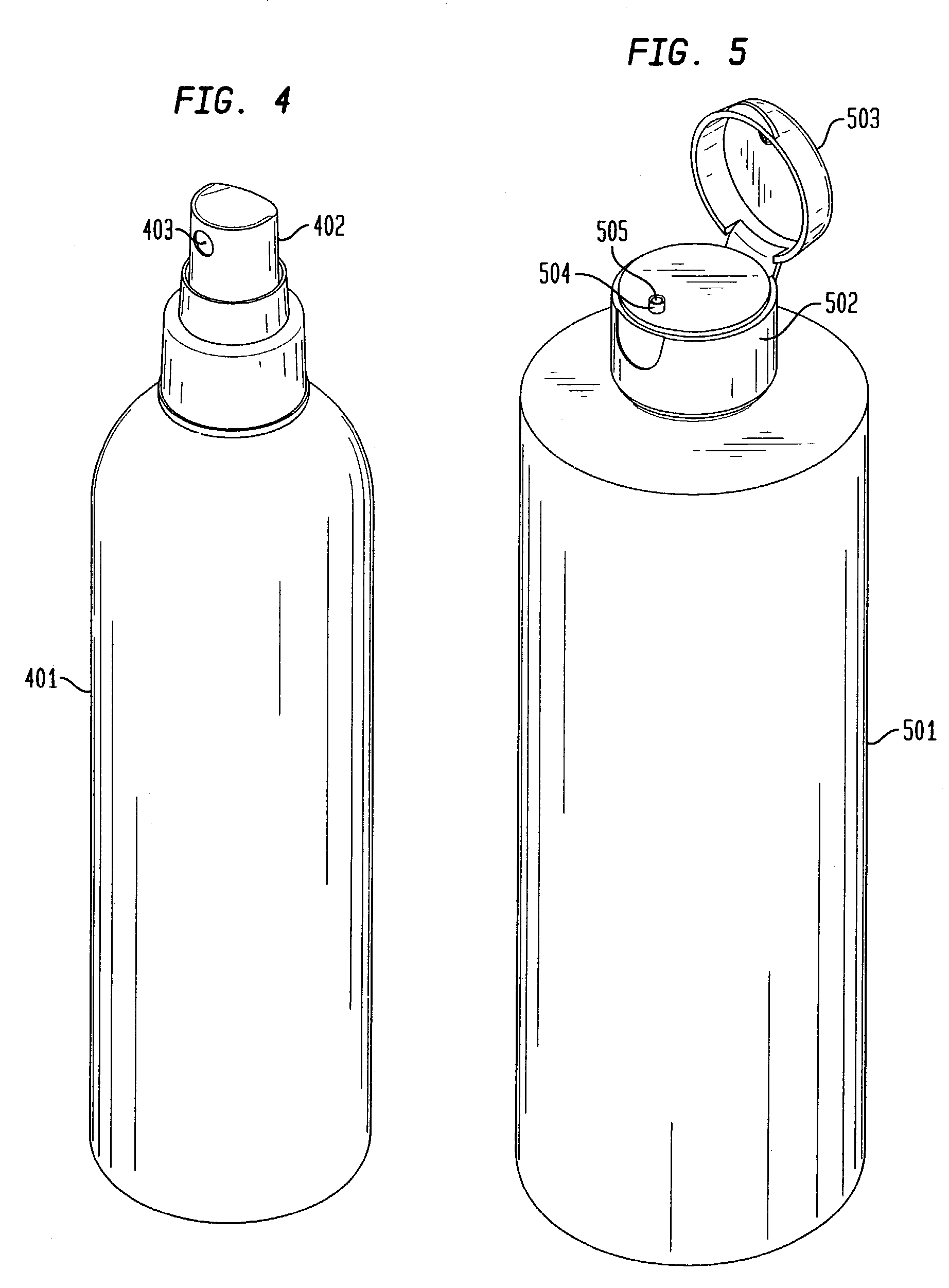Cooking oil antioxidant composition, method of preparation and use
a technology of antioxidant composition and cooking oil, which is applied in the field of cooking oil antioxidant composition, method of preparation and use, can solve the problems of oil being susceptible to rapid degradation, oxidation, hydrolysis and/or polymerization of cooking oil, and the quality, nutritional profile and cooking performance of oil quickly diminishing, so as to avoid or prevent explosive transformation of aqueous components into steam and facilitate controlled addition of compositions
- Summary
- Abstract
- Description
- Claims
- Application Information
AI Technical Summary
Benefits of technology
Problems solved by technology
Method used
Image
Examples
example
[0032]A test of the present invention was conducted in which an aqueous composition containing 20 wt. % antioxidant was sprayed into hot, used cooking oil that had degraded to the point of having an undesirable odor. Immediately upon contact of the composition spray with the hot cooking oil a “froth” or boiling effect was observed, but undesirable splattering of the hot oil did not occur. The composition was added to the cooking oil from above the surface of the oil using a squeeze handle type spray device of the type illustrated in FIG. 9, thereby introducing the composition in the form of small diameter aerated droplets. After the oil became quiescent, the cooking odor previously present was no longer noticeable. The composition continued to be applied at approximately 6 hour intervals, thereby appreciably extending the useful life of the cooking oil.
PUM
| Property | Measurement | Unit |
|---|---|---|
| wt. % | aaaaa | aaaaa |
| wt. % | aaaaa | aaaaa |
| temperature | aaaaa | aaaaa |
Abstract
Description
Claims
Application Information
 Login to View More
Login to View More - R&D
- Intellectual Property
- Life Sciences
- Materials
- Tech Scout
- Unparalleled Data Quality
- Higher Quality Content
- 60% Fewer Hallucinations
Browse by: Latest US Patents, China's latest patents, Technical Efficacy Thesaurus, Application Domain, Technology Topic, Popular Technical Reports.
© 2025 PatSnap. All rights reserved.Legal|Privacy policy|Modern Slavery Act Transparency Statement|Sitemap|About US| Contact US: help@patsnap.com



